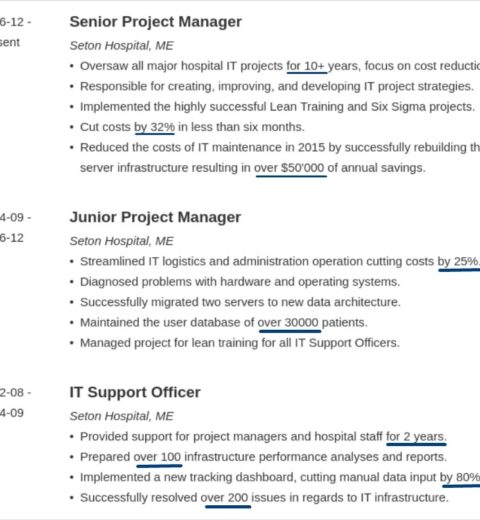The terms “resume” and “CV” (curriculum vitae) are often used interchangeably in the realm of job applications, yet they represent distinct types of documents that serve different purposes. Understanding these differences is imperative for job seekers, as each document is tailored to meet specific professional requirements and expectations. This article will explore the nuances between a resume and a CV, elucidating their definitions, formatting styles, and appropriate usage contexts.
A resume is a concise document that outlines an individual’s professional qualifications, including work experience, education, skills, and relevant achievements. Typically limited to one or two pages, the resume is designed to provide employers with a brief snapshot of a candidate’s qualifications for a specific position. The objective is to capture the attention of hiring managers swiftly, often emphasizing relevant experience tailored to the job at hand.
In contrast, a CV is a comprehensive and detailed record of an individual’s academic and professional history. It encompasses a wide range of information, including detailed descriptions of academic accomplishments, teaching experience, research contributions, publications, presentations, awards, and memberships in professional organizations. Unlike resumes, CVs can extend across multiple pages, providing a thorough account of one’s professional journey.
One of the primary differences lies in their length and depth. A resume is succinct and targeted, while a CV is expansive and exhaustive. For instance, whereas a resume may only highlight recent employment history and pertinent skills, a CV encompasses an individual’s entire career trajectory, detailing every relevant aspect and contribution.
Another key distinction pertains to the usage context. Resumes are predominantly employed in the United States and Canada for job applications in the private sector. Employers in these regions expect a short, focused representation of qualifications. Conversely, CVs are commonly utilized in academic, educational, and research contexts, as well as when applying for positions internationally, particularly in Europe, the Middle East, and Africa. In these areas, a CV facilitates a comprehensive view of one’s qualifications and scholarly contributions.
When it comes to formatting, the resume is more customizable; job seekers frequently adapt it to align with the requirements of the specific roles for which they are applying. This means that resumes might contain a variety of sections, including a summary statement, skills section, work experience, and education, all arranged to highlight elements most relevant to the job posting. Such tailoring allows candidates to emphasize facets of their career that resonate with the employer’s needs.
On the other hand, the structure of a CV is generally more standardized. While it may vary based on individual preferences, it typically follows a chronological format detailing educational background, work experience, research, publications, and additional sections unique to the profession. The intention is to present a thorough account of professional history and accomplishments in a linear fashion, often starting with educational qualifications and proceeding through academic and occupational experiences.
Resolving the confusion surrounding these terms involves understanding the target audience and the context in which the document will be presented. In a competitive job market, conveying the right information through the appropriate format is essential. A well-crafted document, whether a resume or a CV, can significantly enhance one’s chances of impressing potential employers.
When preparing either a resume or a CV, attention to detail is fundamental. Clarity of language, proper grammar, and an error-free format are paramount. Hiring managers often form initial impressions based on the quality of these documents. Therefore, candidates should meticulously proofread and edit their submissions, ensuring that both content and layout reflect professionalism.
Moreover, visual appeal is another component that should not be overlooked. Resumes often adopt a clean and modern aesthetic that maximizes readability. Effective use of whitespace, bullet points for clarity, and strategic formatting can make key qualifications stand out. CVs, while traditionally more text-heavy, can also benefit from organized headings and a coherent structure that guide the reader through the information presented.
Lastly, the choice between a resume and a CV may also hinge on the applicant’s career stage. Early in one’s career, a resume showcasing relevant internships, part-time positions, and skills may be more suitable. As one progresses into academia or senior roles, a CV becomes more relevant, reflecting a broader scope of contributions and accomplishments. Maintaining an updated version of both documents ensures preparedness for various career opportunities that may arise.
In conclusion, understanding the distinctions between a resume and a CV is vital for job seekers navigating the complexities of the employment landscape. Each serves a unique purpose, and adapting one’s approach based on the context can substantially influence the efficacy of job applications. By recognizing the specific requirements of each document, applicants can present their qualifications in the most compelling manner possible, enhancing their chances for success in their chosen career paths.




